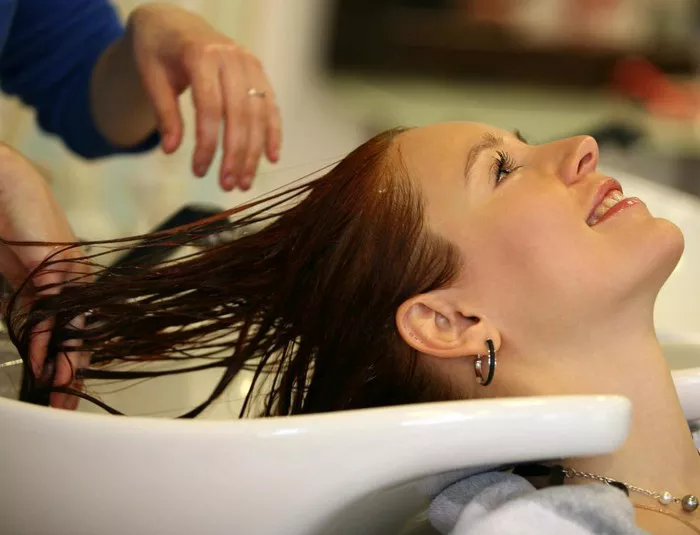Hair transplant is a popular and effective solution for hair loss, providing individuals with renewed confidence and a fuller head of hair. However, one common concern among those considering a hair transplant is whether they can go bald again after the procedure. This article aims to debunk the myths and shed light on the factors that can influence the long-term success of a hair transplant, providing a comprehensive understanding for those seeking to address their hair loss concerns.
Understanding Hair Transplantation
Hair transplant involves the extraction of hair follicles from the donor area, typically the back of the scalp, and their transplantation into the recipient area where hair loss has occurred. The two primary methods used for hair transplantation are follicular unit extraction (FUE) and follicular unit transplantation (FUT).
What is the permanent solution for hair loss?
Hair transplant is considered a permanent solution for hair loss because the transplanted hair follicles are genetically resistant to the hormone dihydrotestosterone (DHT), which is responsible for causing hair loss in individuals with androgenetic alopecia (male/female pattern baldness). As a result, the transplanted hair is expected to grow and remain for a lifetime.
Factors Affecting Hair Transplant Success
Hair transplant is a popular and effective solution for hair loss, providing individuals with a permanent and natural-looking hair restoration. However, the success of a hair transplant depends on various factors that should be carefully considered before undergoing the procedure. Understanding these factors can help individuals achieve the best possible results and ensure a successful hair transplant outcome. Here are the key factors that influence hair transplant success:
1. Choice of Surgeon
The skill and expertise of the surgeon performing the hair transplant significantly influence the success of the procedure. A skilled surgeon ensures precise graft placement and a natural-looking hairline, reducing the risk of complications and ensuring a successful outcome.
2. Extent of Hair Loss
The extent of existing hair loss at the time of the hair transplant can influence the overall aesthetic result. A carefully planned hair transplant takes into account future hair loss patterns to create a harmonious and natural appearance as hair loss progresses over time.
3. Donor Hair Quality
The quality and density of hair in the donor area play a crucial role in the success of a hair transplant. The donor hair should be healthy and genetically resistant to DHT to ensure its longevity and resistance to further hair loss.
4. Post-Operative Care
Following proper post-operative care is essential for the success of a hair transplant. Patients should follow their surgeon’s instructions, avoid strenuous activities, protect the transplanted area from trauma, and use prescribed medications to aid healing and promote hair growth.
Can You Go Bald Again After a Hair Transplant?
You cannot go bald again in the transplanted areas after a successful hair transplant. The transplanted hair follicles are genetically resistant to the hormone dihydrotestosterone (DHT), which is responsible for causing hair loss in individuals with androgenetic alopecia (male/female pattern baldness). As a result, the transplanted hair continues to grow and behave like the hair in the donor area, which is usually genetically stable. However, it’s essential to consider future hair loss patterns and opt for a comprehensive hair restoration plan that addresses all areas of concern to maintain a balanced and natural appearance as hair loss progresses.
Precautions after hair transplant surgery
After hair transplant surgery, it’s crucial to follow specific precautions to ensure proper healing and the best results:
1. Avoid touching or scratching the transplanted area to prevent dislodging grafts.
2. Refrain from strenuous activities and exercise for at least a week to avoid excessive sweating.
3 .Sleep with your head elevated to reduce swelling.
4. Avoid alcohol, smoking, and blood-thinning medications that can interfere with healing.
5. Follow the prescribed medication regimen to prevent infection and promote healing.
6. Protect the scalp from direct sunlight and wear a hat when outdoors.
7.Avoid swimming or soaking the head in water for at least a week to prevent graft damage.
Conclusion
Hair transplant is a permanent solution for hair loss, as the transplanted hair follicles are genetically resistant to DHT and continue to grow for a lifetime. However, it’s crucial to consider future hair loss patterns and opt for a comprehensive hair restoration plan that addresses all areas of concern. By choosing an experienced surgeon, following post-operative care instructions, and considering medical hair loss treatments, individuals can ensure the long-term success of their hair transplant and embrace a renewed sense of confidence and hair fullness.


